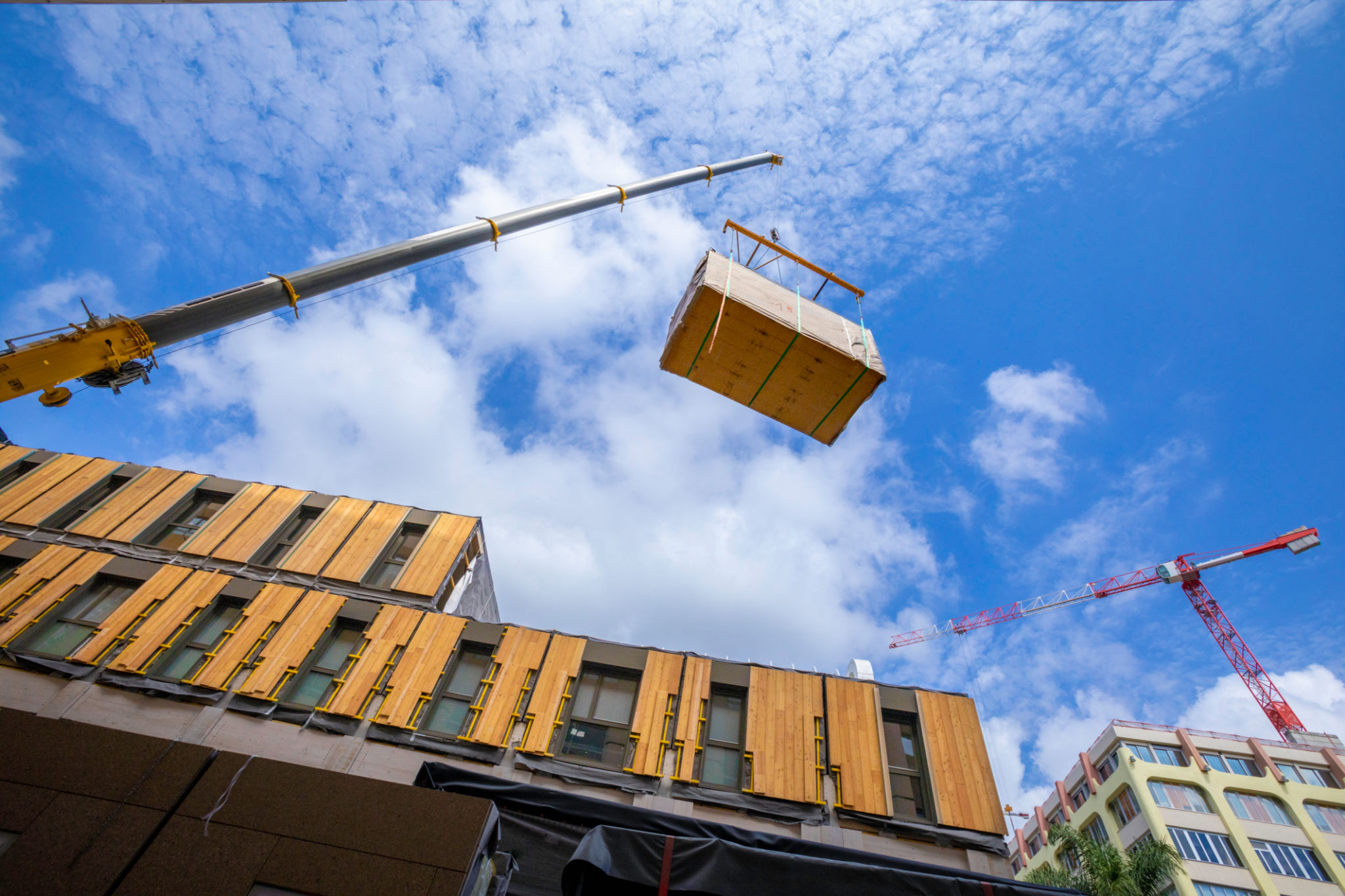The Impact of Eco-Friendly Building Materials on Houston's Environment
Understanding the Need for Eco-Friendly Building Materials
As urban areas continue to expand, the construction industry plays a pivotal role in shaping the environmental landscape. In a bustling city like Houston, the demand for sustainable building practices is increasingly becoming a priority. Utilizing eco-friendly building materials is one significant way to reduce the carbon footprint of new constructions and renovations.
Eco-friendly materials not only help in conserving natural resources but also contribute to healthier living environments. These materials are often sourced sustainably, are non-toxic, and can be recycled or reused, reducing waste significantly. This approach aligns with global efforts to mitigate climate change impacts and promote sustainable development.

Benefits of Eco-Friendly Materials in Houston
In Houston, adopting eco-friendly building materials offers numerous benefits. Firstly, these materials can greatly enhance energy efficiency. For instance, using materials with high thermal mass or superior insulation properties can reduce the need for artificial heating and cooling, which is a major energy consumer in homes and commercial buildings.
Moreover, eco-friendly materials often have a longer lifespan compared to conventional options. Materials such as bamboo, reclaimed wood, and recycled metal are not only durable but also add unique aesthetic value to constructions. Over time, this can lead to significant cost savings for homeowners and developers.

Impact on Air Quality and Health
Another crucial aspect of using eco-friendly building materials is the improvement of indoor air quality. Traditional building materials can emit volatile organic compounds (VOCs) and other harmful pollutants that degrade air quality and pose health risks. Eco-friendly options, on the other hand, are typically free from these toxic substances.
For Houston's residents, this means healthier homes and workplaces. Reducing exposure to toxins can lower the incidence of respiratory issues and other health problems, contributing to overall well-being. This is particularly important in urban areas where air quality is often compromised by traffic and industrial activities.

Challenges in Implementing Eco-Friendly Practices
Despite the clear advantages, there are challenges in integrating eco-friendly building materials into mainstream construction practices in Houston. One major hurdle is the initial cost. Although these materials can lead to savings in the long run, their upfront costs can be higher than traditional options.
Additionally, there is a need for increased awareness and education among builders and consumers about the benefits of sustainable materials. Overcoming these challenges requires a concerted effort from policymakers, industry leaders, and consumers alike to prioritize sustainability.
The Role of Policy and Innovation
Government policies play a critical role in promoting the use of eco-friendly building materials. Incentives such as tax breaks or grants for sustainable construction projects can encourage more developers to adopt these practices.
Innovation also drives progress in this field. Advances in technology have led to the development of new materials that are not only sustainable but also highly functional and adaptable to various construction needs. Encouraging research and development is essential to keep up with growing demands for green building solutions.

The Future of Sustainable Construction in Houston
The future of construction in Houston looks promising as more stakeholders recognize the value of eco-friendly building materials. As awareness grows and technology advances, we can expect a broader adoption of sustainable practices that align with environmental goals.
This shift not only benefits the environment but also enhances the quality of life for Houston's residents by creating safer, healthier, and more energy-efficient living spaces. As this trend continues, it will undoubtedly play a significant role in shaping a more sustainable urban landscape for future generations.